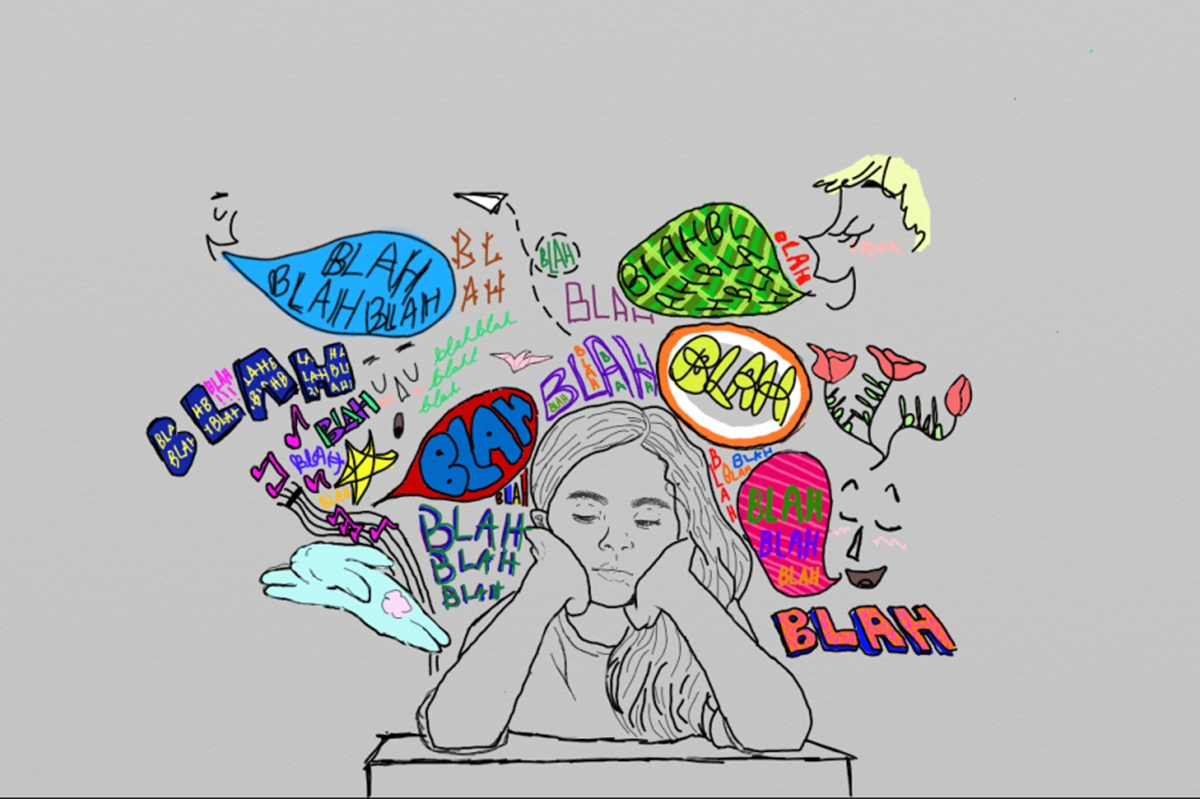Trigger Warning: Rape, Assault, Trauma Trauma Centered Feminism. I came across the term in an interview of Christina Hoff Sommers,…
Login to Read!
This content is restricted to site members. If you are an existing user, please log in below. Or you can can create an account here.
